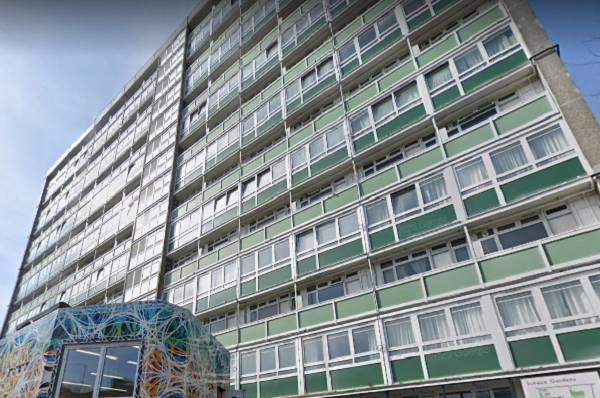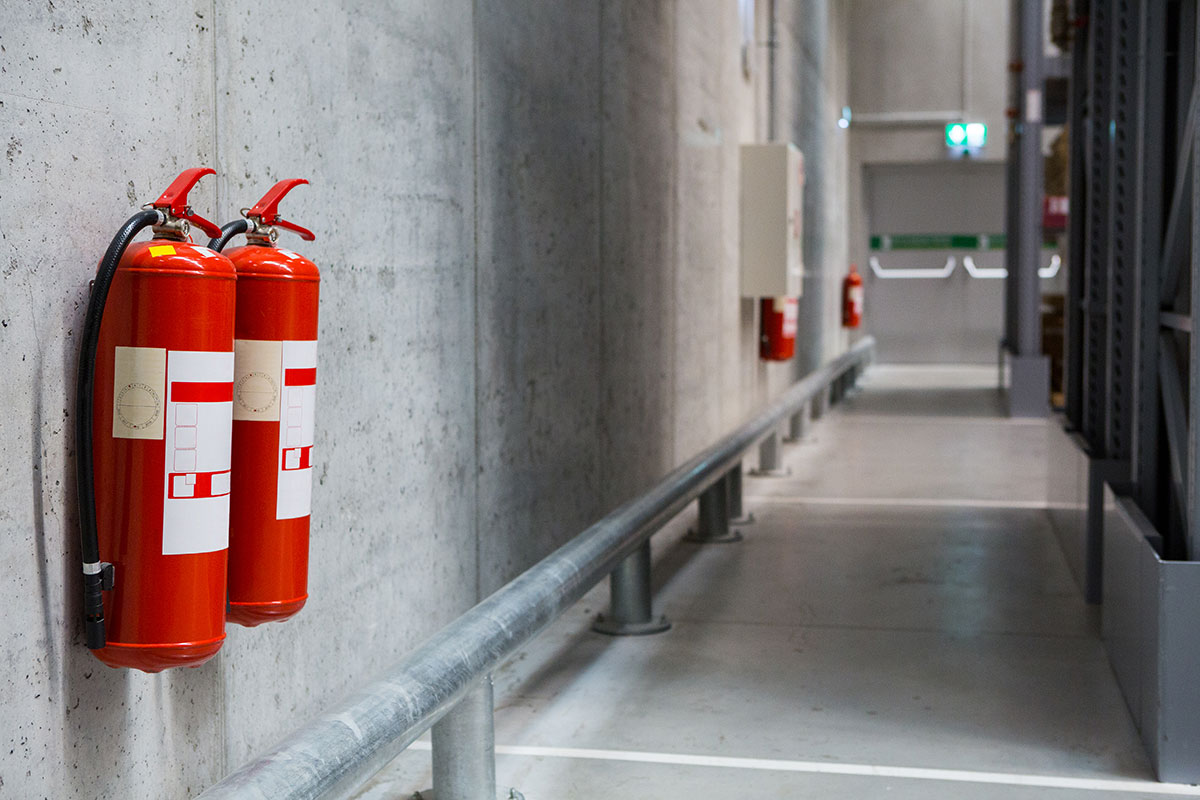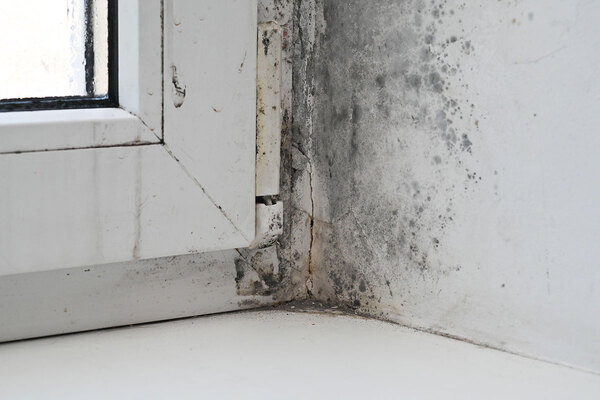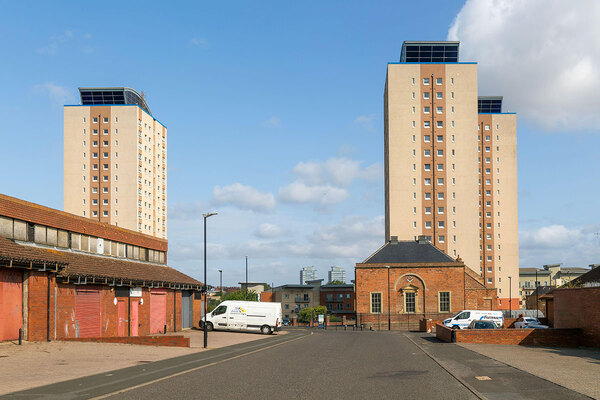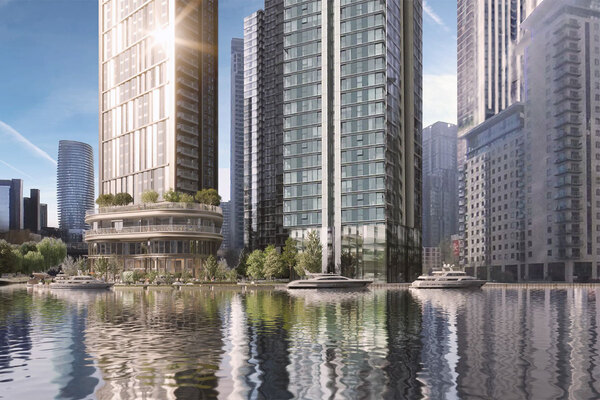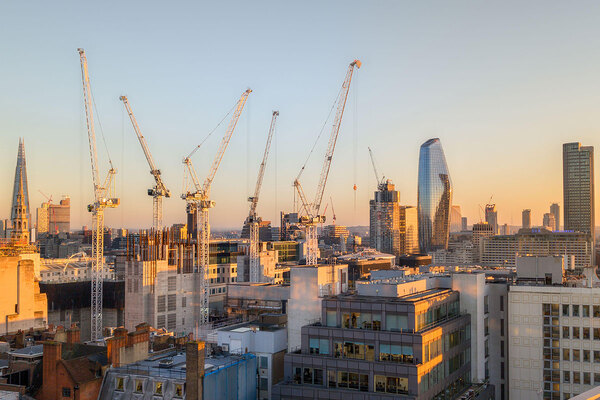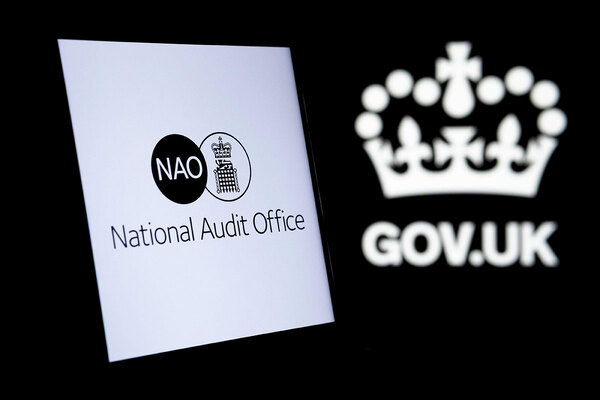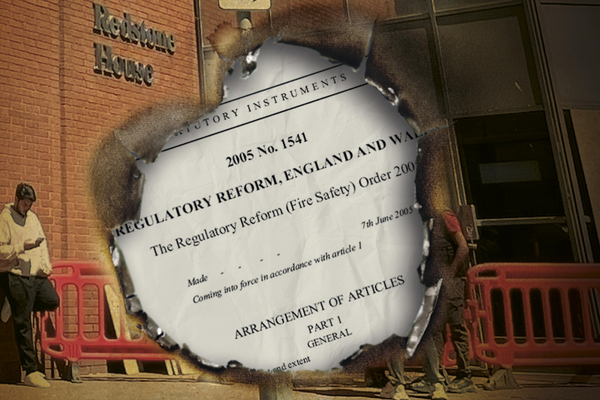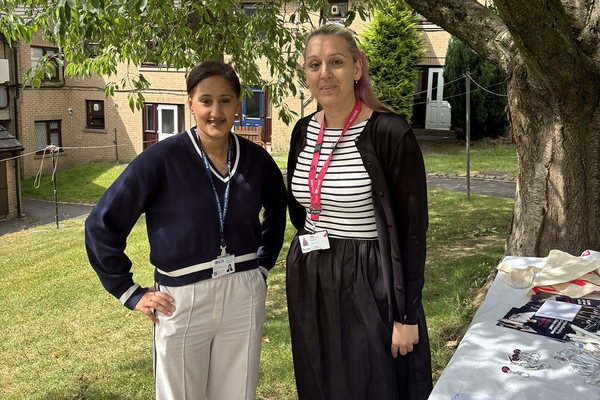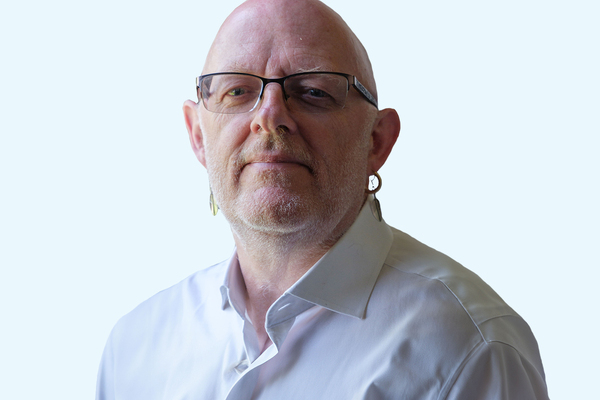You are viewing 1 of your 1 free articles
London council to demolish Lakanal sister block due to ‘critical’ concerns over life safety
Southwark Council has announced plans to demolish a sister tower block to Lakanal House after a recent survey flagged issues that pose “serious risks” to life safety and the long-term stability of the structure.
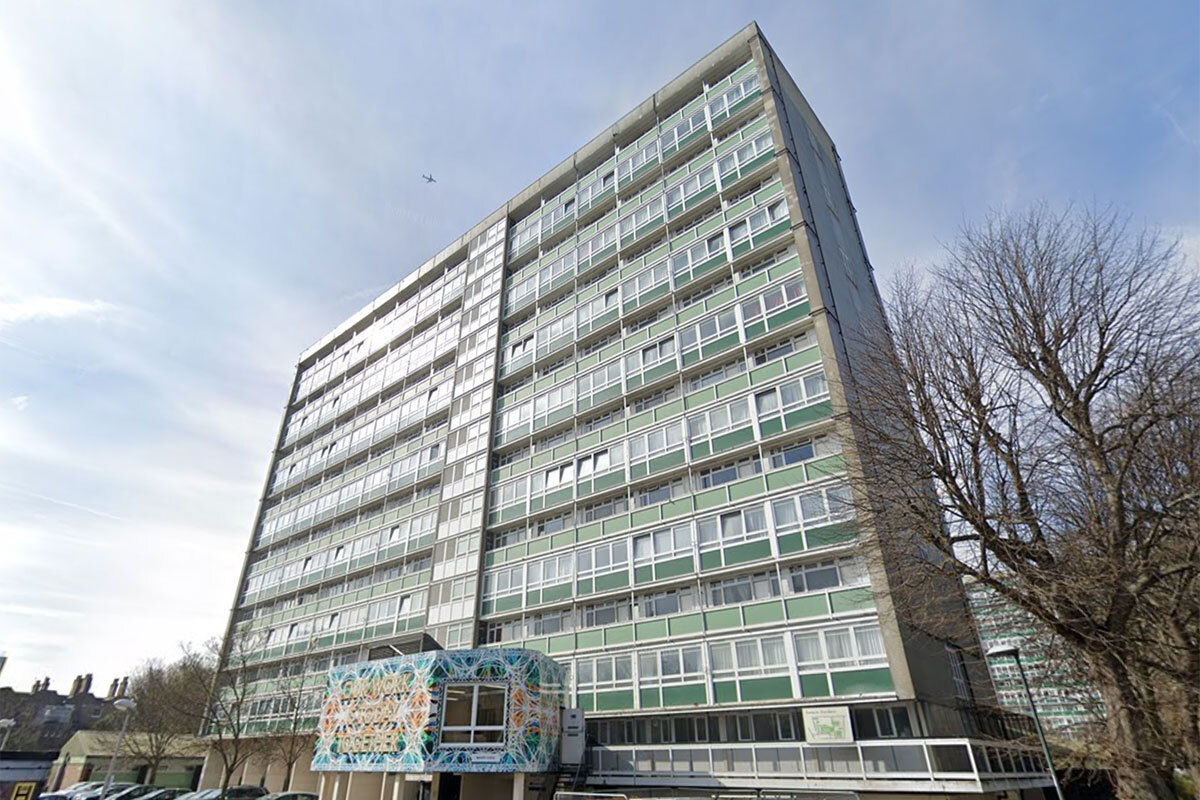
A report on the future of Marie Curie House in Camberwell, presented to the council’s housing scrutiny commission last week, said it would cost too much to fix the building’s safety issues that have seen most of its residents decanted elsewhere.
“The cost of alternative remediation options significantly exceeds or offers less long-term value compared to the proposed demolition and redevelopment approach,” the council said.
In 2009, Lakanal House – which was built to the same design as Marie Curie – suffered a serious fire that killed six residents, including three children.
Marie Curie, a 16-storey 1960s residential block on the Sceaux Gardens Estate, was found to have a possible breach in fire safety compartmentation after a resident reported smelling incense and scented candles from a neighbour’s flat in November 2020.
Ever since then, the block has had a 24-hour “waking watch” as a safety measure in the event of fire.
A subsequent fire risk strategy report found the building needed extensive work that would need to be carried out in two phases. The council concluded in 2021 that the second phase would require intrusive work that couldn’t take place unless residents were moved out first.
The council rehoused its tenants under a right to return and bought out most leaseholders, although the report said three tenants and three leaseholders remain.
However, the Building Safety Act 2022 introduced tighter regulations, which require ongoing monitoring and documentation that were not needed when remedial work was performed on Lakanal House, and have “materially impacted the feasibility and cost of similar remediation at Marie Curie”.
This week’s report said an ongoing structural survey had identified “several critical concerns that pose serious risks to life safety and the long-term stability of the structure”.
“These emerging issues, ranging from structural degradation due to humidity, insufficient reinforcement cover, and explosion hazards, to the building nearing or exceeding its original design life, highlight the urgent need for decisive intervention,” the report added.
Elevated humidity and water leaks have caused deterioration in staircases within flats and walls that separate flats from communal corridors.
Inadequate concrete cover to reinforcement in slabs and walls has led to extensive carbonation, undermining fire resistance and increasing the chance of structural failure in the event of a fire.
Meanwhile the presence of gas within the building creates a “serious explosion hazard”, according to the report.
The report continues: “In combination with weakened structural elements, any ignition event, including the risk of combustion of lithium batteries, could lead to catastrophic structural failure, including progressive collapse.”
Moreover, Marie Curie was originally designed for a 50-60 year lifespan, which has now been reached.
“The above concerns reflect a critical combination of structural, fire and explosion hazards,” the council report said.
“Their interaction increases the potential for minor incidents to escalate into major, life-threatening emergencies.”
As a result, refurbishment and fire remediation work would not stop the building needing ongoing careful management and control in order to avoid falling into an “intolerable safety status”.
The council also considered stripping the block back to its structural frame and rebuilding it in line with current regulations. But the deterioration of the core structure itself “raise serious doubts about the long-term integrity and safety of the existing frame”.
Retrofitting and refurbishing the block would cost an estimated £22m, plus a further £1m for fire safety work.
Southwark Council’s cabinet will decide in December on whether to formally approve demolition. The council said it would continue to help tenants find a new home.
The council report said that if Marie Curie is demolished, the site could be grouped with the existing Florian and Racine sites on the Sceaux Gardens Estate, which are part of an existing development agreement.
Helen Dennis, Southwark Council’s cabinet member for new homes and sustainable development, said: “The safety of people living in our homes and estates is our top priority as a landlord.
“A specialist assessment has found Marie Curie House is a substantial fire risk, and as the building is near the end of its lifespan and beyond economical repair we propose to empty the building and demolish it. We do not take this decision lightly and have thoroughly investigated the refurbishment option.
“Everyone in Southwark deserves a decent home to live and we will look at all options for building more council homes on the site and nearby. We are proud that Southwark has built more council homes than any other local authority landlord, with over 3,000 council homes started or completed across the borough.”
Lakanal House is not proposed for demolition, having had significant safety work carried out. The other blocks on the Sceaux Gardens Estate are lower in height than Lakanal House and Marie Curie House, and are not deemed to have fire safety issues.
Sign up for our fire safety newsletter
Already have an account? Click here to manage your newsletters
Latest stories
